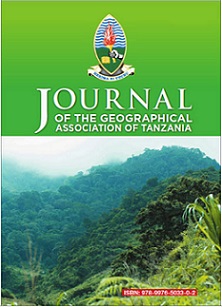Factors That Influence Maternal High-risk Births in Njombe District, Tanzania
Abstract
Tanzania has recorded a decline in maternal deaths from 854 in 2000 to 524 in 2017. In spite of this achievement, much remains to be done to curb high maternal mortality rates and maternal high-risk births. This paper assesses factors that influence high-risk births of women in Njombe district. Specifically, it examines women ' s participation in maternal health care services; evaluates intervention measures of high-risk births in four villages within the district, and prescribes the way high-risk births may be reduced. The paper draws data from a cross-sectional designed study that involved 298 mothers; selected randomly in four villages within the district. It employs the triangulation of methods that include questionnaire-based semi-structured interviews, focused group discussions, observations, and key informant interviews to yield qualitative and quantitative data. The study population was found to be at high-risk of maternal births due to maternal age, parity, the lack of antenatal and postnatal services, lifestyles, and bias towards male maternal births attendants. Other intermediate factors were education, occupation, place of residence, and culture. Intervention measures recommended and adopted by the government, nongovernmental and civil societies for reducing high-risk maternal births in the area included the construction of additional health facilities in villages, wards, districts, regions and at the national level to meet the needs of maternal health care services to minimize high-risk maternal births, as well as reduce high maternal mortality ratio.
Key Words: high-risk-births, health facilities, maternal health care


